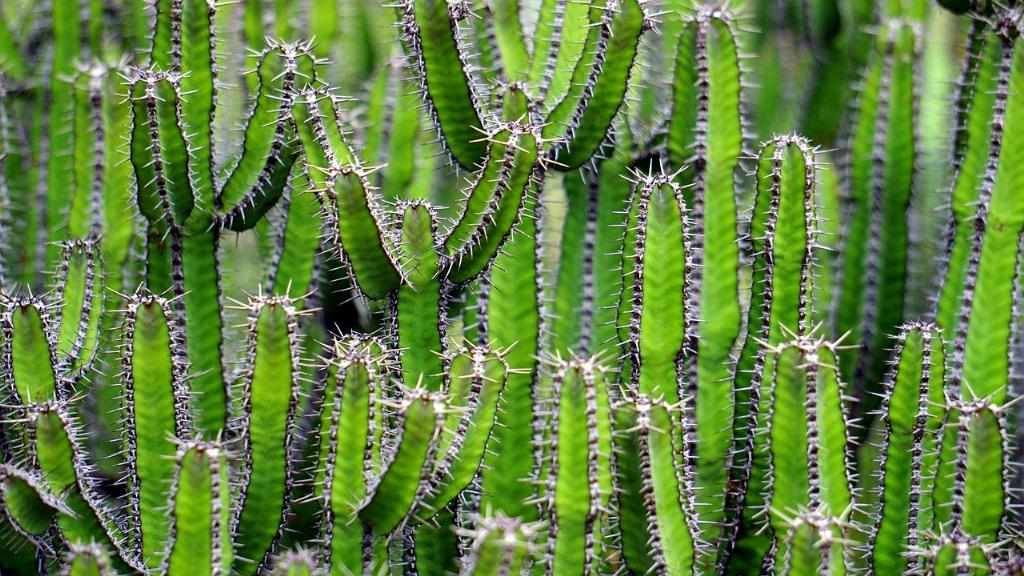Watering your cactus is essential for its overall health and well-being. However, it’s crucial to understand the specific watering needs of cacti to ensure their survival and growth. One of the most common questions cactus enthusiasts ask is, “How often should I water my cactus?” Understanding the factors that influence cactus watering frequency can help you develop a proper watering schedule for your plants.
The frequency at which you should water your cactus depends on various factors, including the type of cactus, the environment it’s in, the time of year, and the growing conditions. Different species of cacti have different water requirements, so it’s essential to research the specific needs of your cactus species to determine the ideal watering schedule.
One crucial factor to consider when determining how often to water your cactus is the soil’s dryness level. Cacti, being resilient desert plants, prefer well-draining soil that allows water to evaporate quickly. You should only water your cactus when the potting soil is at least 90% dry. This means waiting until the soil has almost completely dried out before giving your cactus a good drink.
During the spring and summertime, when temperatures are warmer, and the cactus is actively growing, you should water your plant about once every 10 days. The increased heat and light during these seasons can lead to faster evaporation of water from the soil, requiring more frequent watering to keep your cactus hydrated and healthy.
On the other hand, in the winter months when temperatures are cooler, cacti enter a period of dormancy where they require less water. During this time, you should reduce the watering frequency to about once every 4 weeks. The lower temperatures and reduced sunlight in winter result in slower water evaporation, so cacti need less water to thrive.
Apart from temperature and season, you should also consider the humidity levels in your environment when determining how often to water your cactus. Cacti thrive in low humidity conditions and are adapted to store water in their stems and root systems. High humidity can lead to excessive moisture around the roots, which can promote rot and fungal diseases in cacti.
When watering your cactus, it’s essential to do so thoroughly but avoid overwatering. Cacti are susceptible to root rot if their roots sit in water for too long. Ensure that your cactus pot has drainage holes at the bottom to allow excess water to escape and prevent waterlogged soil conditions that can harm your plant.
Observing your cactus for signs of dehydration or overwatering can also help you determine the right watering schedule. Symptoms of underwatering include shriveled or wrinkled stems, while overwatered cacti may exhibit soft, mushy stems or yellowing leaves. Adjust your watering frequency based on your cactus’s response to ensure it’s receiving the right amount of water.
In conclusion, the frequency at which you should water your cactus depends on various factors, including the type of cactus, the season, temperature, and humidity levels. Following a watering schedule that considers these factors can help you provide the optimal conditions for your cactus to thrive. Remember to water your cactus only when the soil is almost completely dry and adjust the frequency based on seasonal changes and your plant’s individual needs. By paying attention to these factors and adjusting your watering practices accordingly, you can ensure a healthy and flourishing cactus in your home.

